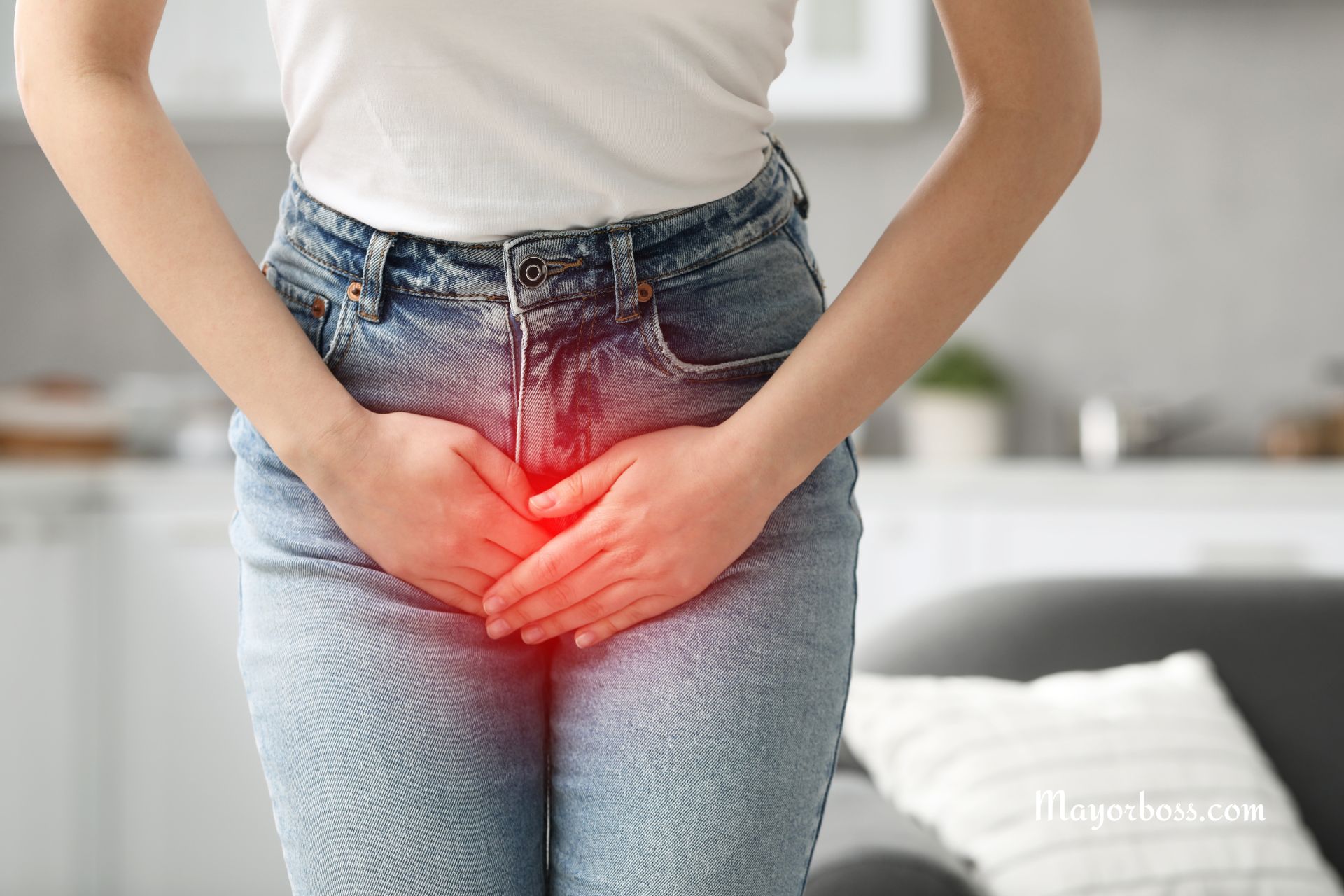How to Get Rid of Goosebumps
Goosebumps are those tiny bumps that pop up on your skin when you get cold or feel emotions like fear or excitement. The medical terms for goosebumps are horripilation, piloerection, and cutis anserina. They aren’t harmful, but if you’re wondering how to get rid of goosebumps, here are some simple ways to help smooth out your skin.

Warming Up Can Help Get Rid of Goosebumps
One of the easiest ways to get rid of goosebumps is to warm yourself up. Goosebumps often appear when you’re cold, so making yourself warmer can help those tiny muscles relax. Here are some ways to warm up:
- Put on more clothes: Wearing a sweater or wrapping up in a blanket can really help.
- Drink something hot: A warm drink, like tea or hot cocoa, can make you feel warm inside and help you relax.
- Take a warm shower: A warm shower can quickly raise your body temperature and make the goosebumps go away.
Relax to Get Rid of Emotion-Related Goosebumps
Goosebumps can also happen because of emotions like excitement, fear, or even nostalgia. If your goosebumps are caused by strong feelings, try to relax. Here are some things that might help:
- Deep breathing: Slowly breathe in through your nose and out through your mouth to calm down.
- Listen to calming music: Music can help you shift your mind away from whatever caused the goosebumps.
- Do something comforting: Activities like reading, drawing, or playing with a pet can make you feel more relaxed.
Keep Your Skin Moisturized to Prevent Goosebumps and Manage Keratosis Pilaris
If your skin is dry, you may get goosebumps more often. Keeping your skin hydrated can make it less likely for goosebumps to show up. It can also help manage a skin condition called keratosis pilaris, which causes small bumps that look a lot like goosebumps. Use a good moisturizer, especially after you shower, to keep your skin soft. Look for products that contain glycerin or shea butter, as these help keep moisture in your skin.
Avoid Sudden Temperature Changes
Sudden changes in temperature can cause goosebumps. For example, stepping outside on a cold morning from a warm house can trigger them. Here’s how to avoid this:
- Dress in layers: This way, you can adjust what you’re wearing when the temperature changes.
- Use a scarf: Wrapping a scarf around your neck can help keep your body warm when you step into chilly air.
Relaxing Can Help Prevent Goosebumps
Some researchers think that goosebumps are also related to your nerves being on high alert. Reducing stress can help you get fewer goosebumps. Here are some tips:
- Practice mindfulness or meditation: Spending a few minutes meditating each day can help keep you relaxed.
- Exercise regularly: Exercise releases hormones that help you feel less stressed, which can make goosebumps less likely.
When Should You See a Doctor?
Goosebumps are usually harmless and go away on their own. But if your goosebumps don’t go away or you notice other unusual symptoms, it might be time to see a doctor. Sometimes, persistent goosebumps can mean there’s another medical issue, like a problem with your thyroid or nerves. Make an appointment with a doctor if you’re worried.
Goosebumps are a normal reaction that everyone gets sometimes. They usually go away by themselves, but if they’re bothering you, try warming up, relaxing, and keeping your skin moisturized. Most of the time, they’re nothing to worry about — just your body’s way of reacting to what’s happening around you.






